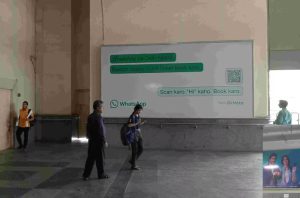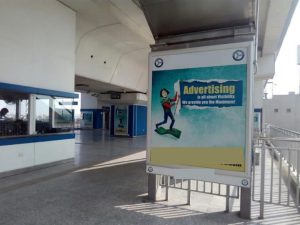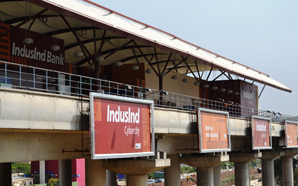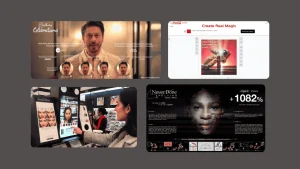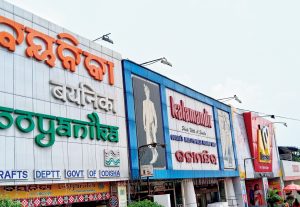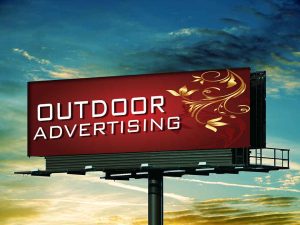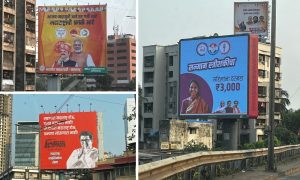The metro train routes extends to non-metro cities, advertisers got new lines to monetize on!
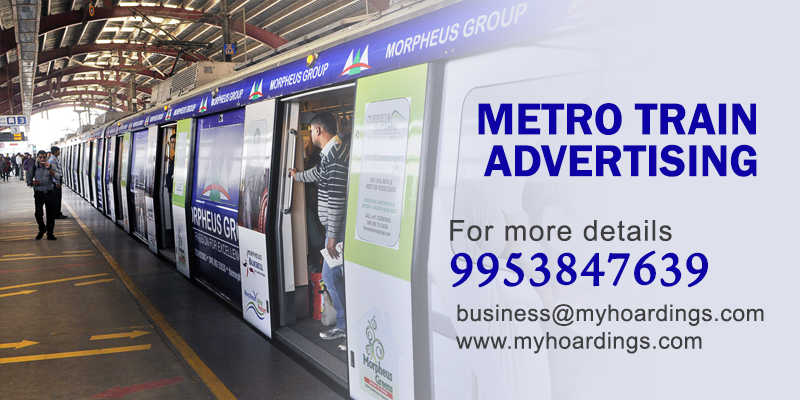
The metro train routes extends to non-metro cities, advertisers got new lines to monetize on!
Metro train routes expanding into non-metro cities have indeed opened up exciting new opportunities for advertisers Out of Home advertising in the form of transit advertising has been the prime media for advertisers who aim at disseminating a brand’s message to larger audience at once. When the metro trains came into existence in the capital city, Delhi, it opened up lot of opportunities for advertisers to grab the attention of mass audience at a place which is visited by riders on daily basis. Metro trains have been so popular in India that they have become one the most affordable, safest, fastest and comfortable transportation facility availed by common people. Currently there are 15 metro systems that cover a distance of 810km in different cities in India.
The popularity and demand of metro has pushed the government to launch metro system in non-metro cities as well. At present the metro train facility is available in 15 cities that includes, Delhi, Mumbai, Chennai, Bengaluru, Kolkata, Nagpur, Kochi, Gurugram, Noida, Pune, Hyderabad, Ahmedabad, Lucknow, Kanpur and Jaipur. Apart from these metro-cities, the metro system is soon to extend its route in non-metro cities like Meerut, Agra, Bhopal, Indore, Navi-Mumbai, Surat, Patna, etc. As much as it is going to facilitate the people of smaller cities as an efficient public transportation, it will also bring huge opportunity for brands and advertisers to interact with the audience at well maintained, structured and organized metro stations and metro trains. The smaller cities do not have highly maintained building and structured advertisement buildings but with metro stations this problem will get resolved.

With metro entering smaller cities, both premium and local brands get the opportunity to interact with their target audience at one place. For brands with limited advertising budget, low-budget displays come as affordable yet highly effective advertising option at metro stations. Brands can also choose options like coach-branding where the brand ads are placed on set number of coaches instead of all the coaches of the train. For instance, Medimix Soap opted for only female coach branding by placing Medimix Beauty Soap ads inside-out on female boogies only.
Premium brands with extensive advertising budgets can go loud through metro train branding with options like full train wraps or station-branding. In cities like Delhi, big brands get complete station branding rights. Here, brands are free to use the metro station’s property for placing ads anywhere in the entire building as well as change the color and name the station on the brand’s name. The best example of station-branding includes Delhi’s Karol Bagh metro whose station branding rights are owned by popular IAS coaching institute, Drishti IAS. Karol Bagh has many coaching institutes as students from all over the country come here to prepare for competitive exams. They travel mostly through metro-train to save time and money. Therefore, station-branding by Drishti IAS coaching institute tries to capture their target audience, the IAS aspirants. Similarly, VIVO phone has acquired naming rights for Delhi’s Okhla Metro station. Through such initiatives, national brands and brand with good advertising budget make themselves stand-out from their competitive brands.
Earlier it was challenging for the brands to calculate ROI at locations where the ridership or footfall changes every day but with programmatic out-of-home advertising, calculating return on investment is easier as well as accurate. Programmatic OOH enables advertisers to buy and manage the advertising spots at public places like metro stations. There has been rise in demand for programmatic OOH over the last few years owing to the convenience and accuracy it offers over traditional OOH. However, even with traditional OOH advertising the ROI calculation could be calculated by gauging on sale of metro tickets on daily, monthly and yearly basis. Traffic count is another variable that can be used for registering impressions and views of the ad.

The experts believe that with expansion of metro system in more and more cities, the demand for ad spots at metro station is ought to rise. According to the survey conducted by BWG Strategy in November 2022, the advertisers willing to go for OOH advertising will increase by 51% in 2023. This concludes that OOH advertising in both traditional form and programmatic form will witness huge demand in near future. This demand will in turn push advertisers to opt for advertisement placement in public places like metro stations.
know about available metro train routes at MyHoardings
Type of Transit Media Advertising services – |
